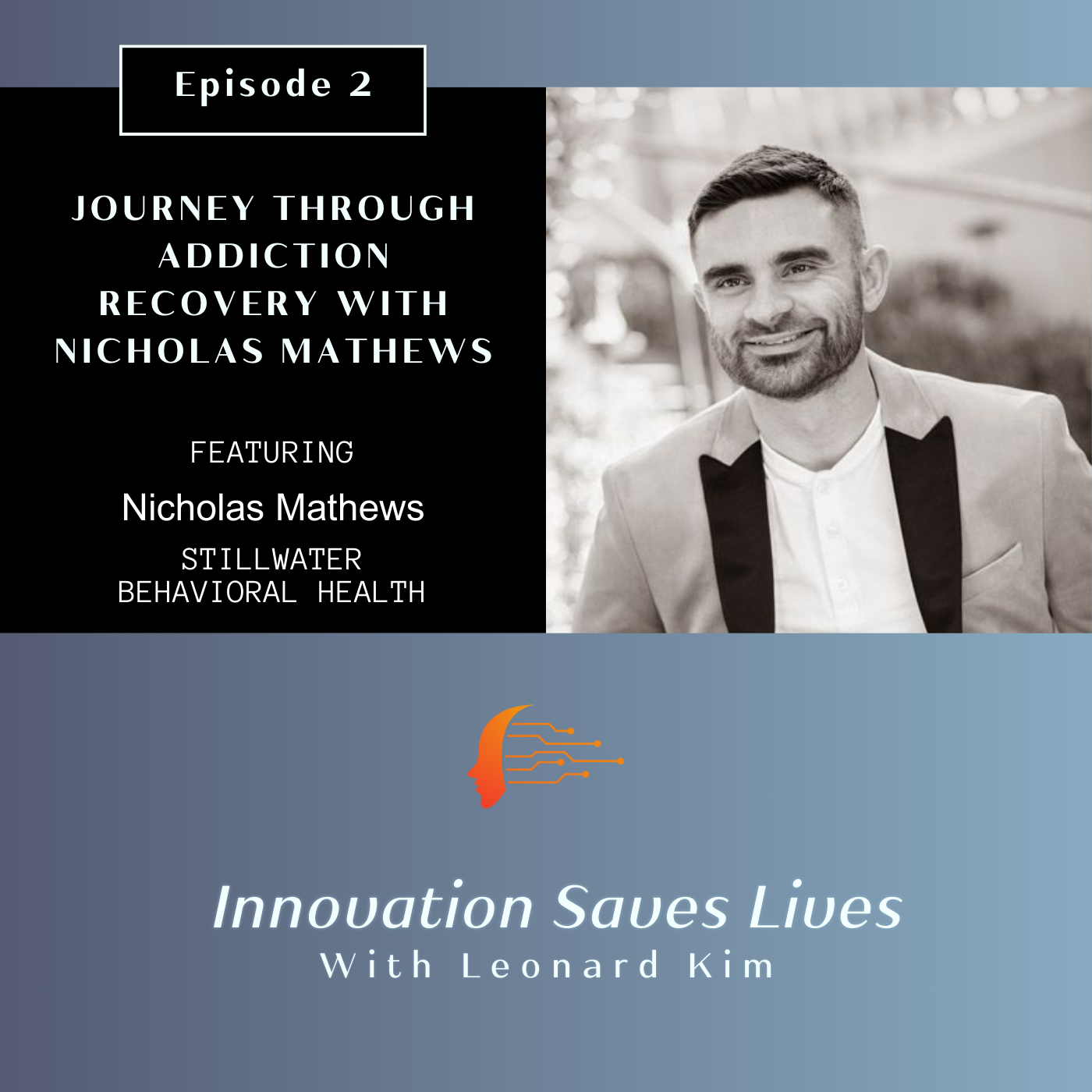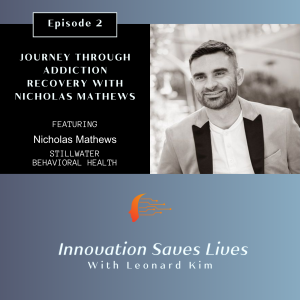National Public Radio (NPR) recently did a story on how, for the first time in 100 years, life expectancy in the U.S. has dropped for two straight years. In 2019, someone born in the U.S. had a life expectancy of 79 years. As a result of the pandemic, life expectancy dropped to 77 years in 2020 and dropped again in 2021 to 76.1 years (Greenhalgh & Simmons-Duffin, 2022). The Centers for Disease Control and Prevention (CDC) reports that in some instances, depending on age, race, and sex, the expected length of one’s life can be even lower (Arias, Tejada-Vera, Kochanek, & Ahmad, 2022). In fact, one of the most dramatic drops in life expectancy in 2021 was among American Indian and Alaska Native peoples. Between 2019 and 2021, the life expectancy for this population fell by 6.6 years, to 65.2 (Marcus, 2022).
However, the CDC claims that only about half of the decline in life expectancy in 2021 can be attributed to COVID. Other contributors have been issues plaguing communities for much longer, including drug overdoses, heart disease, suicide, and chronic liver disease (Associated Press, 2022). The data repeatedly indicates that whether the cause of death is COVID or other longstanding issues, Social Determinants of Health are important contributors to mortality disparities in the U.S. The healthcare industry must address these health disparities and distinguish “factors within the community that lead to persistent differences in mortality outcomes, to improve population health and longstanding disparities for minority populations” (Glenn, 2022).
This begins with the relationship between the patient and their provider and community healthcare team (American Academy of Family Physicians, 2018).
Authentic Relationship Matters
A recent study found that U.S. adults are the least likely population in the world to have a “regular physician, place of care, or a longstanding relationship with a primary care provider” (FitzGerald, Gunja, & Tikkanen, 2022; Kreimer, 2022). This is largely due to an “eroding of primary care infrastructure” in the U.S. (Phillips, Haft, & Rauner, 2022).
In a 2021 General Practitioner article, Professor Martin Marshal, chair of the Royal College of General Practitioners, said that relationships with patients were as “important as a scalpel to a surgeon” (Bostock, 2021). Marshal emphasized that improved patient satisfaction and experience, compliance with medical advice, improved health outcomes, and lower mortality rates are all rooted in continuity of care. Relationship-building and trustful relationships between primary care professionals and their patients matter and help improve health outcomes (Bossche, Willems, & Decat, 2022; Vittorio, 2022).
Rick Ybarra with the University of Texas at Austin’s Hogg Foundation for Mental Health asserts:
“At the end of the health care day, it’s about relationships. Relationship between provider and patient, relationship between team members, relationship between care manager and patient, and relationships between the patient and their family/caregivers and community” (Ybarra, 2017).
Beyond the Examination
A study by Osterberg & Blaschke found that “approximately one in five new prescriptions are never filled, and among those filled, approximately 50% are taken incorrectly, particularly with regard to timing, dosage, frequency, and duration” (2005). Taking medication as instructed by your provider is essential for improving health outcomes and reducing the cost of care, especially for those who have a chronic disease (Neiman, Ruppar, Ho, Garber, Weidle, et al., 2017). Understanding where the patient is at regarding their compliance requires more than simply asking the question. Again, this relies on the relationship and the provider’s understanding of the patient to gain insight into the reason for a lack of compliance, which may include cost, undesired side effects, misunderstanding regarding the function of the medication, and so on.
“Geek Out” on Technology
Technology can help providers maintain relationships with their patients beyond the exam room. Patients are used to an on-demand digital world and expect it in their healthcare as well. The pandemic demonstrated the urgency of the need for “seismic shifts in care paradigms and technology” (Brahmbhatt, Ross, & Moayedi, 2022). The digital transformation of healthcare has led to “groundbreaking innovations that are rapidly accelerating the shift towards preventive care at scale” (Philips, 2022).
- Predictive analytics – Healthcare teams can use predictive analytics to “determine biological and socioeconomic risk factors to promote chronic disease prevention” (McNemar, 2021).
- Remote patient monitoring – Remote patient monitoring is helping providers make great strides in helping patients manage their chronic health issues. With daily tracking, providers can adjust their patients’ treatment plans in real time (Vaidya, 2022).
- Digital patient engagement – Studies have demonstrated that engaged patients have better outcomes and lower acute care use (Remmers, Hibbard, Mosen, Wagenfield, Hoye, & Jones, 2009). Making that engagement more seamless and convenient can further improve those outcomes.
Keep Learning
In July 2022, the American Association of Medical Colleges (AAMC) released guidelines outlining ways that doctors and trainees can promote diversity, equity, and inclusion in their professional environments (Association of American Medical Colleges, 2022). Becoming a physician, nurse, or other health care specialist requires years of nonstop education, and all care providers should look towards growing their knowledge with the intent of improving their connection with and understanding of the patient (Backhouse, & Ogunlayi, 2020; Schuster, 2021). This can be done by building on existing knowledge, acknowledging current efforts in academia, and being relentless in developing, disseminating, and promoting content that extends healthcare professionals’ learning.
Conclusion
Improved outcomes are associated with strong relationships between provider and patient, including follow-through after the visit, utilizing technology to assist, and staying abreast of the latest research and learnings. The aim is to sustain impact beyond the acute medical visit or the annual wellness check-up.
According to a survey by Accenture, “more than half of U.S. consumers don’t understand how to navigate the current health care landscape” because of its complexity (Stephan, 2018). This can negatively affect health outcomes for people, impact the coordination of care, and contribute to higher healthcare costs (Galvin, 2019). “Health equity can be achieved only when everyone has the same access to quality health care” (Cigna, 2022). Strengthening the patient and provider relationship may be the bridge that connects high-quality care with improved health outcomes for every member of our communities.













